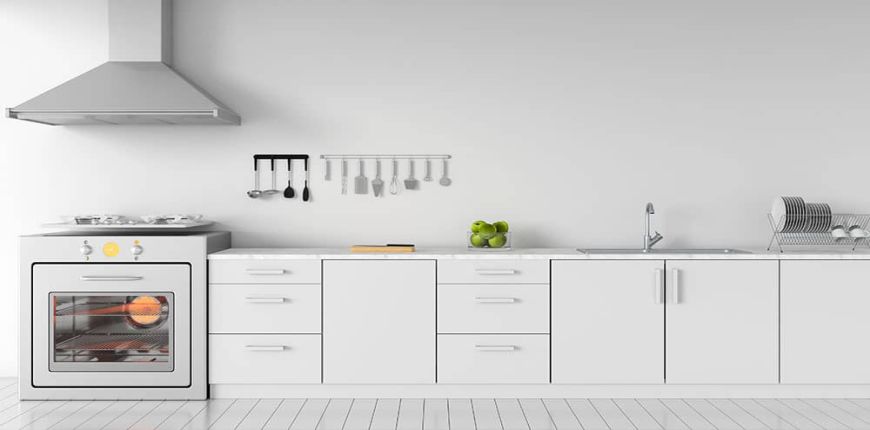Home ventilators are devices used to improve indoor air quality and provide fresh air exchange in residential buildings. They are designed to exchange stale indoor air with fresh outdoor air while maintaining energy efficiency. Here are some common uses and types of home ventilators:
Uses:
- Improve indoor air quality: Home ventilators help to remove indoor pollutants such as cooking fumes, pet dander, and chemicals from cleaning products, improving the overall indoor air quality.
- Provide fresh air exchange: By introducing fresh outdoor air into the building, home ventilators help to reduce the buildup of excess moisture and stale air, providing a healthier and more comfortable living environment.
- Energy-efficient: Modern home ventilators are designed to be energy-efficient, using heat recovery technology to transfer heat from the outgoing stale air to the incoming fresh air.
Types:
- Heat recovery ventilators (HRVs): HRVs are designed to transfer heat from the outgoing stale air to the incoming fresh air, reducing energy costs and improving overall efficiency.
- Energy recovery ventilators (ERVs): ERVs are similar to HRVs but also transfer moisture between incoming and outgoing air, helping to maintain proper humidity levels indoors.
- Exhaust fans: Exhaust fans are simple fans that extract stale indoor air and bring in fresh air from outdoor sources, typically used in bathrooms and kitchens.
Home ventilators can also be classified based on their installation location, including wall-mounted, ceiling-mounted, and ducted systems. The choice of ventilator will depend on the specific requirements of the building, the climate, and the preferences of the homeowner. It's recommended to consult with a professional HVAC contractor to determine the best type of home ventilator for your needs.


